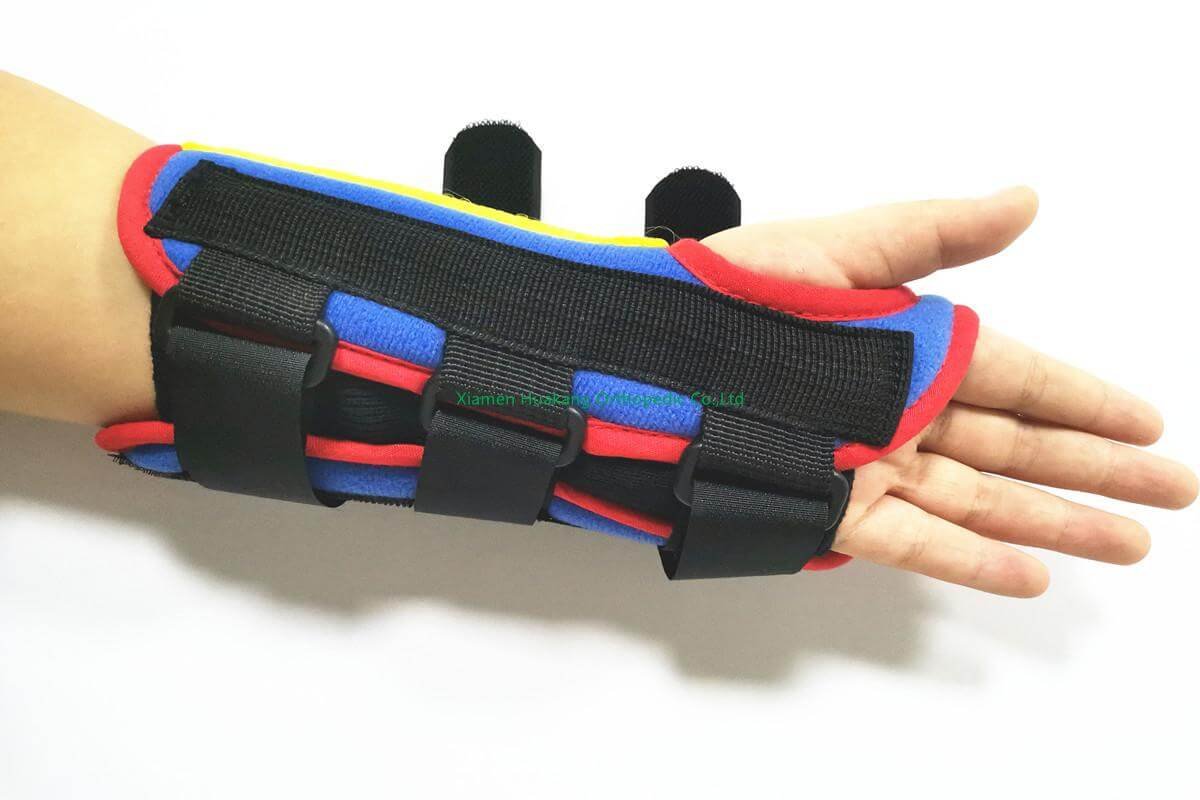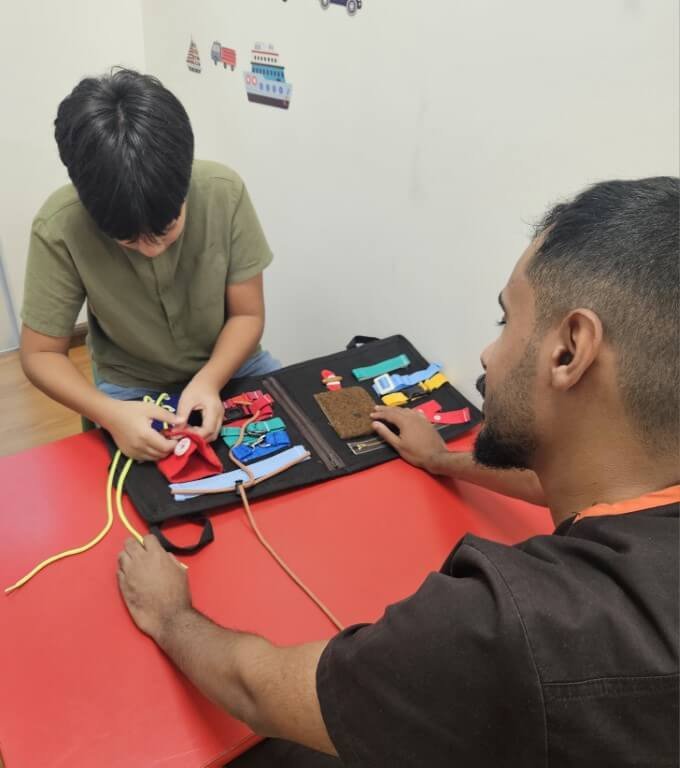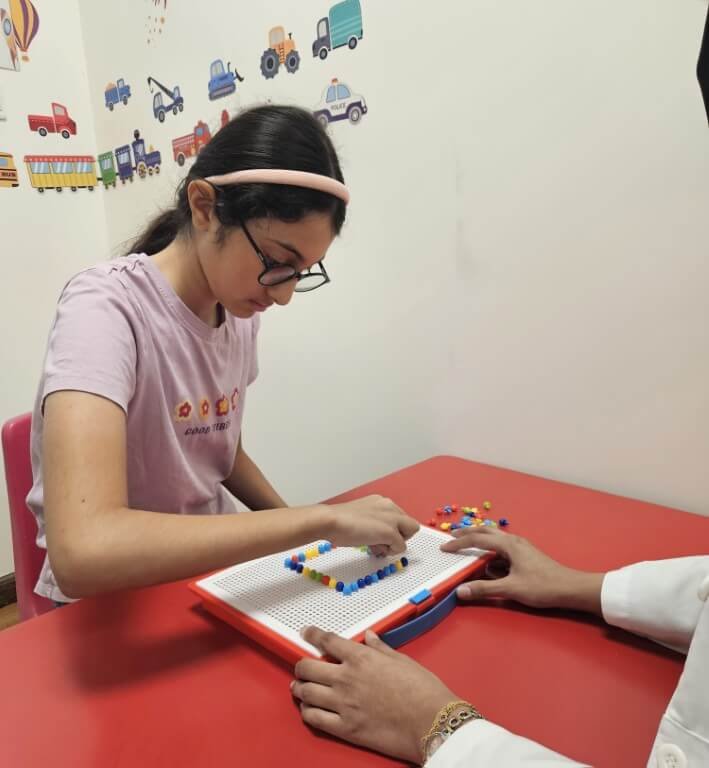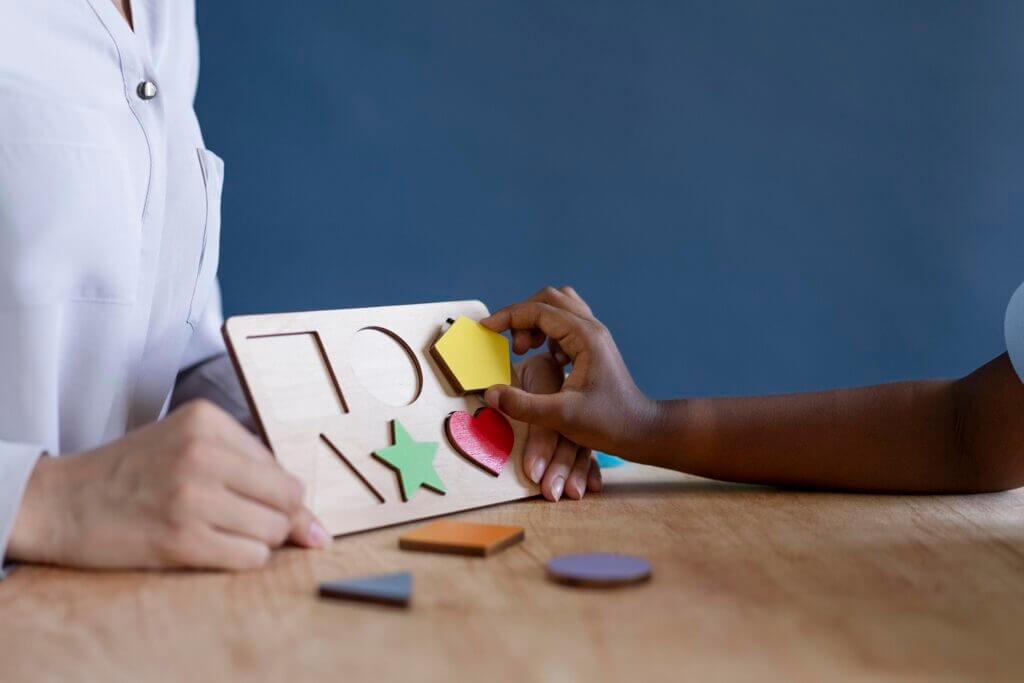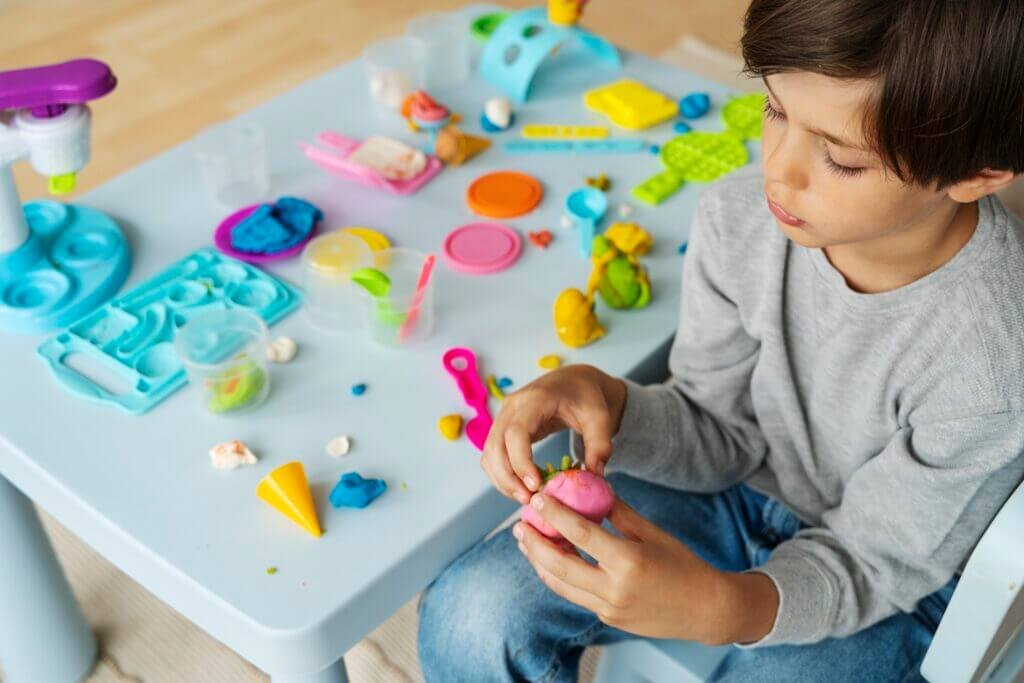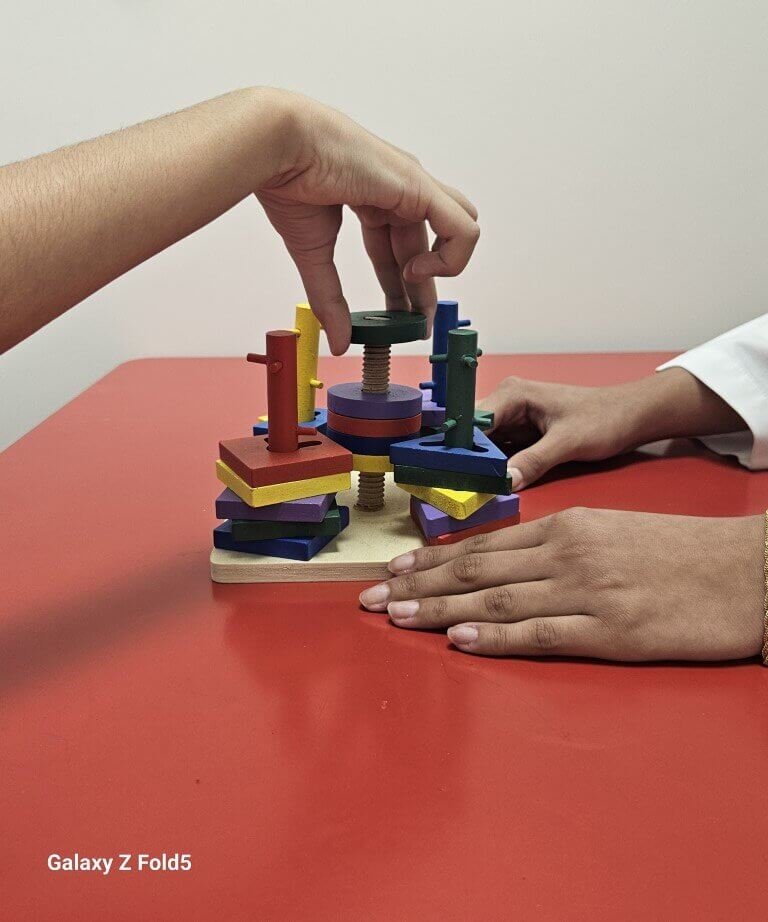
- Comprehensive physical assessment:
- Tip measurements: The dimensions of the affected limb are carefully measured to determine the size of splint required.
- Movement evaluation: The range of motion of the affected joint is assessed to determine the type of support required from the splint.
- Skin Evaluation: The skin condition is evaluated to ensure there are no irritations or sores that may require special adjustments to the splint.
- Making a splint mold:
- Use appropriate materials: An occupational therapist uses special materials to make the splint, such as fiberglass or foam.
- Template application: The cast is applied to the affected limb in a way that ensures an accurate and suitable cast.
- Making the final splint:
- Using the template: The mold is used to make the final cast from the chosen material.
- Final edits: Any final adjustments to the splint are made to ensure the correct fit for the child.



